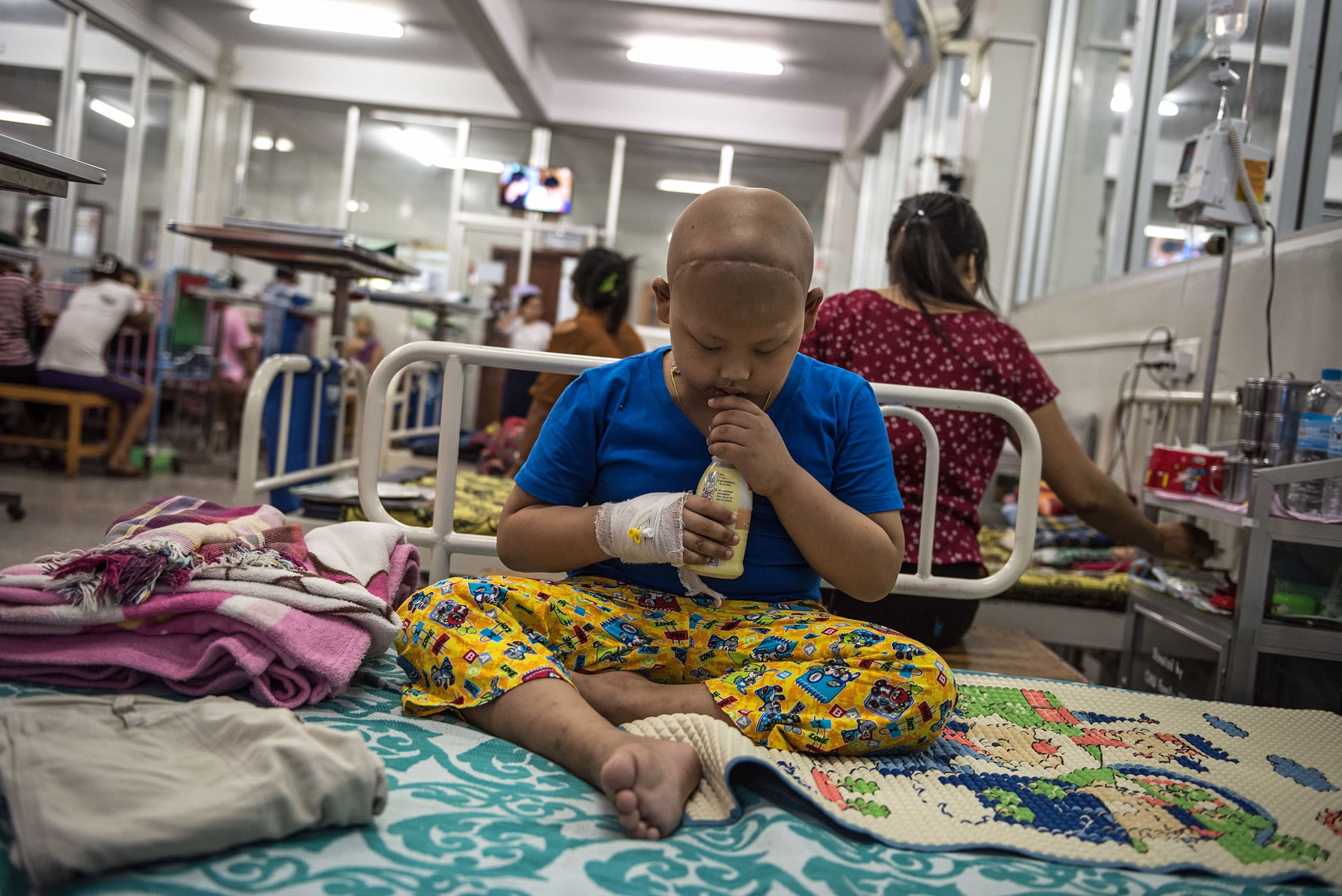DOCUMENTARY
The global burden of children’s cancer falls disproportionately on children living in Low and Middle-Income Countries (LMICs). Annually 200,000 children are diagnosed with cancer, and of these, 80% live in LMICs. In High Income Countries (HICs), the treatment of pediatric cancer is largely viewed as a success story, with survival rates averaging 80%. By contrast, in LMICs the survival rate averages just 20%. However, with concentrated and coordinated efforts, some LMICs have been able to raise their survival rates to those nearly equal to those in HICs.
The photographs in this series are part of a larger documentary photography and film project titled ‘How I Live With Cancer’. ‘How I Live’ is being created in close partnership with Persistent Productions and the Dana Farber/Boston Children’s Cancer Center and aims to chronicle the healthcare systems — and the patients being treated within the pediatric oncology units — in LMICs that are closing the survival gap between LMICs and HICs around the world.
This selection of images features patients and their families being treated at Yangon Children’s Hospital (YCH) in Yangon, Myanmar.
YCH is the main pediatric oncology facility in Myanmar. And for a country with a population of 53 million — 25% of which are under twenty-five years old — it means the unit operates a 100% occupancy level and is frequently over capacity; in 2015, they saw 286 new cases alone. As Myanmar emerges from decades of rule by an oppressive regime, many of the challenges for the country’s population are reflected in the challenges seen in these patients: access to transportation is difficult for those living outside the nations’ capital, there is widespread poverty and significant malnutrition issues for the patient’s at YCH Oncology Unit. This makes treating patients with cancer even more difficult, as many patients abandon treatment part way through because of these and other social economic issues.
The global cancer burden is set to increase, and the number of people of all ages living with cancer worldwide is expected to rise from 12.7 million in 2008 to an estimated 22.2 million by 2030. And 90% of this anticipated increase will be from people living in LMICs. With this escalation on the horizon it will be critical to look at institutions within LMICs, like Yangon Children’s Hospital, that have had success in increasing survival rates.
See more ‘How I Live With Cancer’ reportage from Guatemala, El Salvador and Egypt.



















